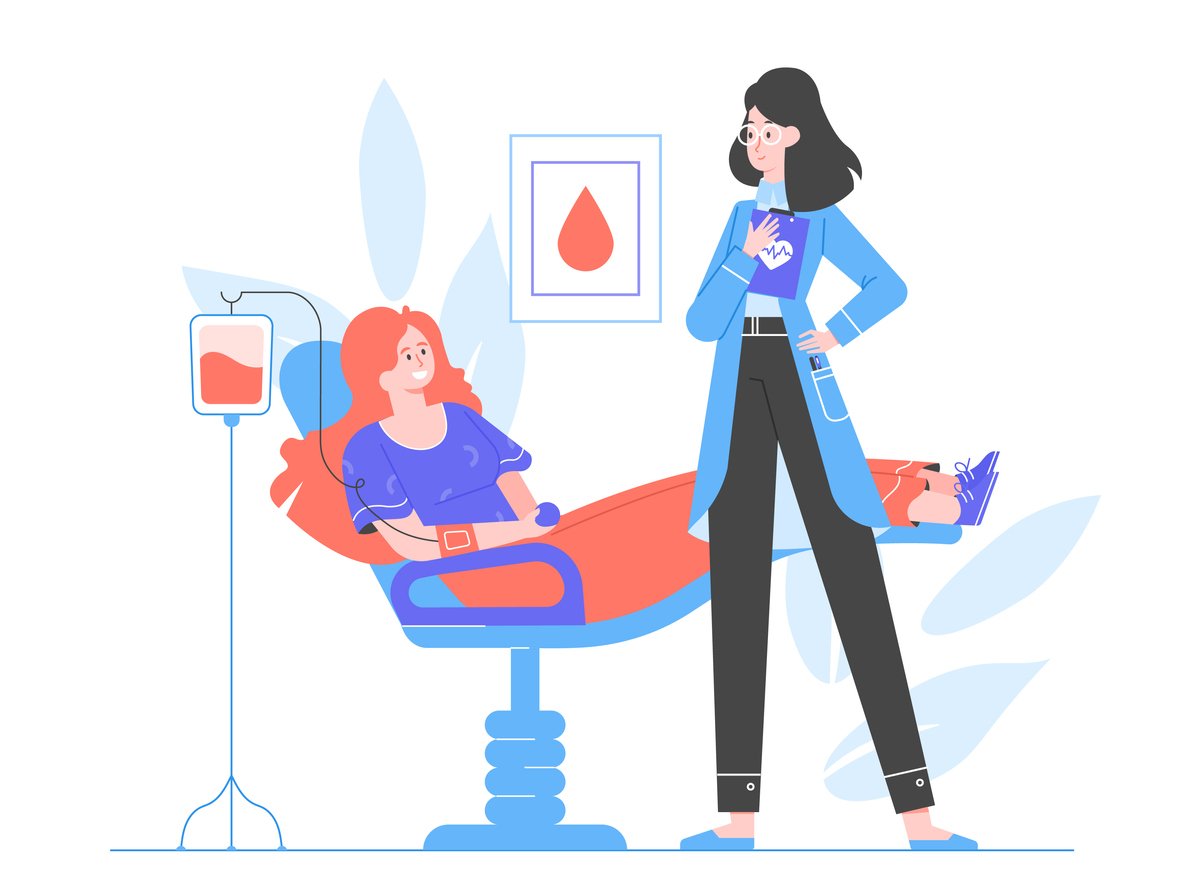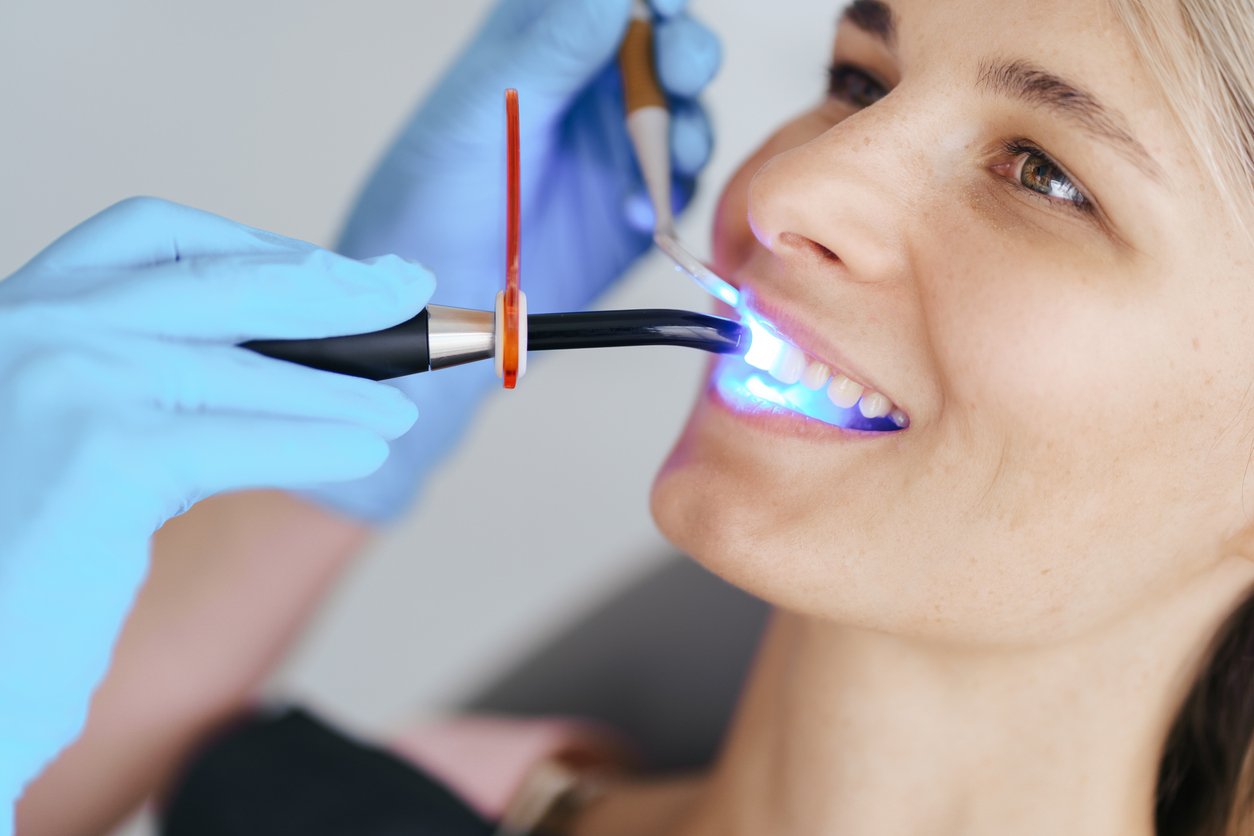Updated January 2022--The dental industry is going through a time of fast growth right now, and in the last few years, there have been several new trends and ideas.
- What’s going to happen in dentistry over the next 10 years?
- What should dental professionals know about dental care, cosmetic dentistry, and dental treatments moving forward?
- Where is the dental industry headed?
Just look at where the industry has been recently for a hint. You can expect continued growth of Dental Support Organizations (DSOs) and higher demand for dentistry in the consumer marketplace.
Dental trends were the topic of discussion when Brian Colao, Director of Dykema's DSO Industry Group and an expert on the corporate practice of dentistry, met recently with Amol Nirgudkar, CEO of Patient Prism.
From consolidation in the market to the bigger role of DSOs in the industry to the drive of private equity groups investing in dentistry, Colao and Nirgudkar laid out the unfolding trends you’re likely to see in the coming years.
Table Of Contents
- #01 - Patients Want Convenience
- #02 - Emotional Dentistry & Mental Health
- #03 - Teledentistry Is Huge After The Pandemic
- #04 - 3D Printing
- #05 - Laser Dentistry
- #06 - Subscription-Based Coverage
- #07 - Less Solo Practices
- #08 - More Merges And Acquisitions
- #09 - Dentistry Is Recession-Proof
- #10 - DSOs Will Invest More Aggressively
- #11 - The Dental Therapist Trend
- #12 - DSO Market Share
- #13 - What About Multiples?
- #14 - Artificial Intelligence
#01 - Patients Want Convenience
 Even though it's not a big step forward in technology, it's important to note that convenience's value is increasing.
Even though it's not a big step forward in technology, it's important to note that convenience's value is increasing.
In recent years, there has been a lot of focus on the comfort and ease of care for patients, and dentistry is no exception. Patients have a lot of choices when it comes to healthcare providers these days, so it makes sense that they will choose the easiest and most comfortable one.
For example, online portals to book appointments and fill out forms, longer office hours, online payments, and more services are all ways to improve the patient experience.
#02 - Emotional Dentistry & Mental Health
Along the same lines as a convenience, one of the most interesting new trends is emotional dentistry. Emotional dentistry, as the name suggests, focuses on the mental and emotional parts of dentistry as well as the physical parts.
Emotional dentistry uses new techniques and technology to make virtual images of how the patient will look after the procedure. This can also help the patient choose the best procedure for them.
Emotional dentistry has made a big difference in how patients feel, especially in cosmetic dentistry, emergency dentistry, and orthodontics. When used right, it can help calm their nerves and give them confidence that they are making the right choice.
#03 - Teledentistry Is Huge After The Pandemic
 Telehealth is one of the biggest things to come out of the pandemic, and it looks like it's here to stay. Even though teledentistry might have some drawbacks, like being unable to give direct care, it also has several benefits.
Telehealth is one of the biggest things to come out of the pandemic, and it looks like it's here to stay. Even though teledentistry might have some drawbacks, like being unable to give direct care, it also has several benefits.
Teledentistry makes it easier for the 20% of Americans who live in rural areas and can't get to a doctor or dentist quickly to get care. It has also been found that teledentistry works just as well as in-person consultations when diagnosing cavities and making plans for how to treat them.
#04 - 3D Printing
From 2021 to 2028, the 3D market is expected to grow by 21%. 3D printing is on its way to becoming more popular, making it easier to use and cheaper, making it a much more significant part of dental practices.
Resins are used in 3D printing, making custom dentures, crowns, and clear teeth aligners much faster.
As 3D technology improves, more ways to use it are coming to light. General dentistry, implantology, and prosthodontics could all benefit.
#05 - Laser Dentistry
 Laser dentistry is also a big trend in dentistry, just like 3D printing. Before laser dentistry, filling cavities and fixing gum damage were done with invasive and often painful procedures.
Laser dentistry is also a big trend in dentistry, just like 3D printing. Before laser dentistry, filling cavities and fixing gum damage were done with invasive and often painful procedures.
In some cases, laser technology can even replace dental drills to remove or reshape tissue, get rid of cavities, fix fillings, and do other things.
Laser dentistry makes it possible to do oral surgery with less cutting and stitching. It also means less bleeding, less or no pain, faster healing, and less chance of getting an infection.
#06 - Subscription-Based Coverage
There are a lot of financial barriers in the dental industry, which is why a lot of people don't get care. In fact, 69% of people who don't get dental care do so because they can't afford it. Even for people who have dental insurance, it can be hard to find a dentist who takes their plan.
That's where dental plans by subscription come in. Subscription services charge an annual or monthly fee covering cleanings, x-rays, fillings, and surgery.
Studies show that 83% of customers prefer practices with membership plans, which are suitable for both patients and dental clinics.
#07 - Less Solo Practices
Few dentists work alone, and only 50% of practices are solo practices right now. One reason for this could be that the average dental school graduate has about $200,000 in student loan debt.
Also, it can be challenging for individual dentists to pay for the costs of opening and running a dental practice. Group dentistry can help solve these problems and ensure the dental office is well-equipped.
#08 - More Merges And Acquisitions
 While the industry is still widely dominated by single, independent practices, you’ll see the merger and acquisition trend speed up even faster, said Colao.
While the industry is still widely dominated by single, independent practices, you’ll see the merger and acquisition trend speed up even faster, said Colao.
“We're seeing great evolution and great consolidation,” Colao said.
“You see the evolution of dentistry from single, solo dentist-owned locations or dentist-owned group practices to DSOs. You also see consolidation in private equity groups — large DSOs and intermediate DSOs are buying up and acquiring offices.
“I think in the next 10 years, you're going to see this white-hot M&A climate that we're in intensify, and you're going to gradually see all of those (independent) offices become affiliated, acquired, and affiliated into DSOs or private equity groups.”
Colao predicts in 15 years, there will be practically no solo practitioners left.
#09 - Dentistry Is Recession-Proof
What’s driving the trend? Simply put: the demand for dentistry.
“Well, it's happening because dentistry has proven to be virtually recession-proof,” Colao said.
“When we had our great recession a few years ago, dentistry continued to thrive and excel. The demand for dental services exceeds the supply of practitioners and dentists out there.”
So, the industry has become a desirable segment of the economy for investors.
“You can see billions of dollars pumped into this space in the last few years, and it's like there's a party going on in dentistry, and everybody wants to come to the party,” Colao said.
#10 - DSOs Will Invest More Aggressively
 Ten years ago, only a few substantial private equity firms wanted to buy the biggest DSOs. Still, now hundreds of funds, groups, and investors want to buy up small multi-office practices, Colao said.
Ten years ago, only a few substantial private equity firms wanted to buy the biggest DSOs. Still, now hundreds of funds, groups, and investors want to buy up small multi-office practices, Colao said.
“Ten years ago, nobody would go into them if you didn't have 30 or 40 offices. Now they'll go down, buy three offices,” he explained.
Investors hope to buy a few offices, grow them to add more locations, then roll it up to sell to a larger DSO.
“It's increasing the demand,” he said. “You have just an explosive —the most explosive M&A environment I've ever seen — going on right now.”
Colao said that from 2013 to 2033, the U.S. population will outpace dental practitioner growth by 13 percent.
“This is a very significant statistic because unless you soften the requirements for foreign dentists to come to the United States, you're going to have an acute shortage of dentists,” he said. “Demand is going to outstrip the supply, and you'll be able to charge more for it.”
And that makes the industry an attractive environment for investors.
#11 - The Dental Therapist Trend
A controversial but growing trend is the emergence of dental therapists. These licensed professionals usually work within a practice to meet the demand from Medicaid patients and other underserved groups, especially in rural areas.
Depending on the license, they can do what dental hygienists do but may also perform expanded duties.
“I've been to a couple of conferences where I've had the pleasure of interviewing and speaking with some dental therapists, and they're making a good living, and they like it,” Colao said.
There are a lot of dentists resistant to it, and they are lobbying the legislature. They are filing lawsuits.
They are doing things to prevent the ability of free-standing dental therapists from opening up offices.
Colao expects to see more dental therapists thriving in rural areas with a more significant need for care.
#12 - DSO Market Share
Colao said DSOs will become a larger part of the industry over the next 10 years.
That trend is even changing the words dentists use to talk about their practices, Nirgudkar said.
“It’s the first time in my career I've seen clinical practitioners talk about an accounting term that I'm familiar with, called EBITDA, earnings before income taxes, depreciation, amortization,” said Nigudkar.
“So, you go to a dental conference, and you see a bunch of dentists talking about it, and I think, ‘Wow.’ And I’m an accountant.”
They’re using the ratio to value their businesses because it helps you compare apples to oranges.
“EBITDA is the gold standard for valuing segments across an organization,” Colao said. “Think about the practice of dentistry. You may have 10 or 15 offices. EBITDA is the gold standard to value your organization across many different offices.”
It makes sense that the investment term would settle into dentistry since many private equity firms are investing in the segment.
“The example I use all the time when speaking with dentists who don't have a CPA is you can have a $2 million practice, and it costs $1.8 million to operate that,” Colao said.
What is your EBITDA? $200,000.
You could have a $1 million practice, and it costs $600,000 to run that organization.
What is your EBITDA? $400,000.
In other words, the $1 million practice is more profitable than the $2 million practice. EBITDA allows dental practice owners to determine how valuable their offices are.
#13 - What About Multiples?
A multiple is the value of a business based on a multiple of its earnings. Is your office worth three times your earnings or 10?
It depends on how many bells and whistles come with your company.
“Everybody wants to hear about how much money can I get? What multiples affect it?” said Colao.
He said two main types of transactions are occurring in the market: Big DSOs with hundreds of offices and private equity firms investing in a platform where it can grow. Expect to receive multiples of five to seven with DSOs and between five to even 18 with private equity groups.
The multiple can be affected in numerous ways: payer mix, practice integration, and a sound growth plan.
“The first thing is payer mix,” Colao said. “The more Medicaid you take, the lower the multiple you'll get because of the regulatory risks and the lower reimbursement. The second thing is: Are you integrated?”
To illustrate the value of practice integration, he likes to use the example of buying a house. If you’re looking for a fixer-upper, you’ll pay less because you’ll have to put in a new floor, re-roof it, or do other things.
“But if the house is move-in ready, you're going to pay a premium for that,” he said. “Same thing with the dental offices.
Suppose you have an integrated technology platform with centralized billing, centralized collecting, a call center, centralized marketing, and all these things. In that case, people are going to pay a premium for that.
What if you don’t have all those features? Don’t worry, Colao said. In this market, your practice will sell. They’ll just pay a lower multiple.
The last thing that can affect the multiple has a cohesive plan to grow your practice group that will entice a private equity investor.
“If you've got 15 offices and you want to sell to a private equity group — or you've got eight offices — private equity groups are not interested in just assimilating your EBITDA” like a big DSO, he said.
“They're saying if you've got eight now, how can you get to 20, so we can roll it up and sell it a second time? And you've got to demonstrate that you're a competent operator and have a cohesive plan for growth that you can replicate and grow.”
In fact, private equity groups significantly boost the value of your business when you sell. Nirgudkar said.
“This is what private equity is actually doing, driving the multiples,” he said. “And it's important to understand that not all multiples are equal. You have to go deeper and understand what constitutes this and get your organization ready from all sorts of infrastructure.”
The more integrated your company is, the higher the multiple, Colao said.
“If you're turning a profit or even struggling, you can most likely sell,” he said. “Almost everything is selling in this marketplace.
But depending on your position through all the things we're talking about — payer mix, integration, a cohesive plan — you can dramatically impact the multiple you get in this marketplace.”
#14 - Artificial Intelligence
 AI is being used increasingly in almost every industry, which is one of the trends we expect to see in the dental industry in 2022 and beyond.
AI is being used increasingly in almost every industry, which is one of the trends we expect to see in the dental industry in 2022 and beyond.
There are some worries about using AI to treat patients, but it improves the patient's experience when done right. It can also help your dental office give excellent service to patients at all hours of the day and night.
Your dental office could use artificial intelligence for more than just talking to patients. It can also be used for diagnostics, virtual dental assistants, and even smart toothbrushes, telling a dentist how well a patient takes care of their teeth and points to possible treatments.
But the best way to leverage AI in your dental practice is through call tracking and conversation intelligence. Basically, by tracking, recording, and analyzing the call you get:
- Validation for marketing efforts
- Deep understanding on why new patients are not being booked
- A call handling blueprint for your front-desk team to follow
Final Thoughts
Most of these trends are about improving patient care and the overall patient experience, such as making care more comfortable, easy to get to, affordable, and full of new treatments.
Many new technologies are also making their way into the field of dentistry, especially call tracking and conversation intelligence.

Subscribe to our blog for the latest updates
By submitting this form you will be receiving our latest updates on post. We're committed to your privacy. Patient Prism uses the information you provide to us to contact you about our relevant content, products, and services. You may unsubscribe from these communications at any time.
- Recent
- Popular










.svg) Share
Share.svg) Tweet
Tweet.svg) Post
Post.svg) Mail
Mail


